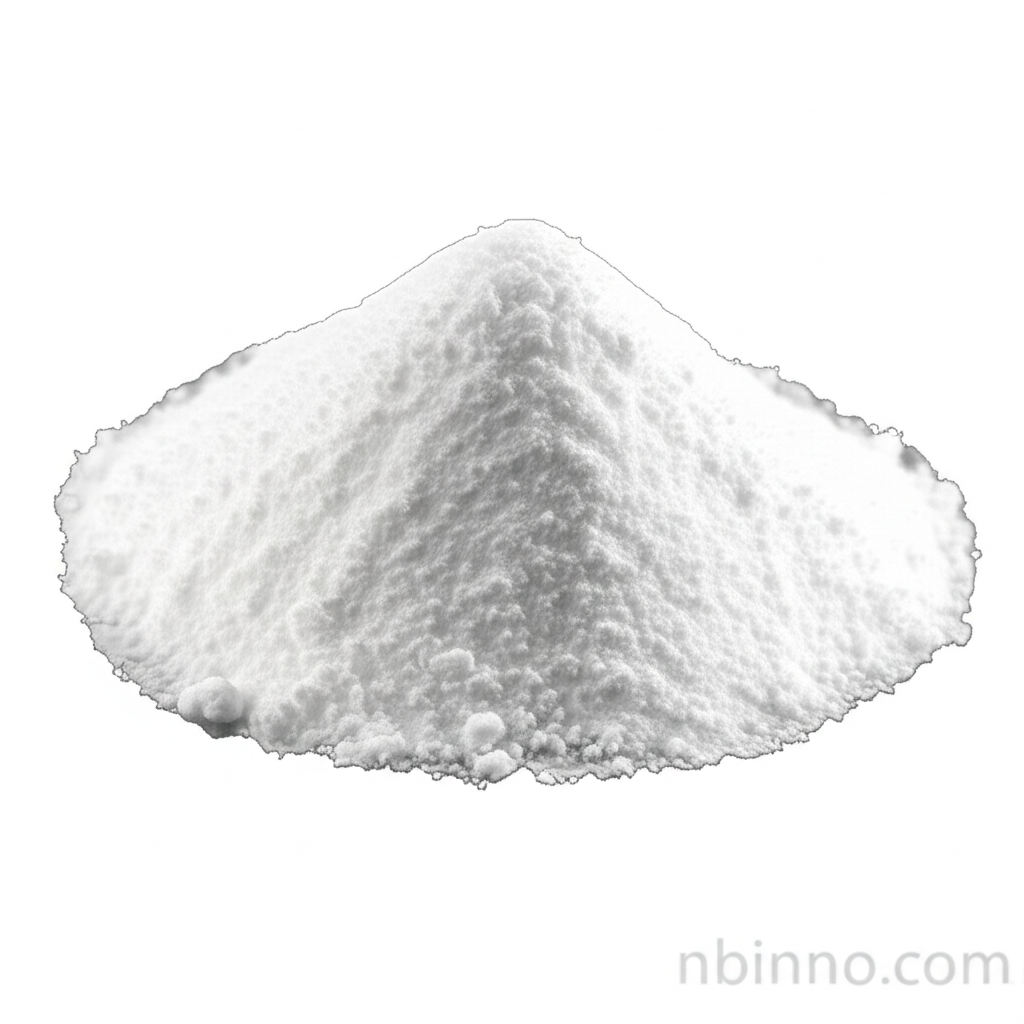3,6-Dimethyl-9H-Carbazole: A Versatile Building Block for Organic Electronics and Advanced Materials
Unlocking the potential of advanced materials for next-generation electronic and energy applications.
Get a Quote & SampleProduct Core Value

3,6-Dimethyl-9H-Carbazole
3,6-Dimethyl-9H-Carbazole is a highly sought-after organic compound, primarily recognized for its pivotal role as an intermediate in the synthesis of advanced materials. Its unique molecular structure makes it an indispensable component in the development of cutting-edge organic electronic devices. The compound's electron-rich nature and specific substitution pattern significantly contribute to its functionality in applications demanding efficient charge transport and tailored electronic properties.
- Leveraging 3,6-dimethyl-9H-carbazole synthesis for high-purity organic semiconductor materials used in advanced electronic devices.
- Exploring carbazole derivatives for OLEDs to achieve enhanced luminescence efficiency and device longevity.
- Utilizing this compound as an organic electronics building block to create novel materials with superior performance characteristics.
- Employing it as a hole transport material, crucial for optimizing charge injection and mobility in organic electronic devices.
Key Advantages
Enhanced Electronic Properties
The specific arrangement of methyl groups in 3,6-dimethyl-9H-carbazole significantly influences its electronic distribution, making it a potent contributor to efficient charge transport in organic electronic applications, vital for better performance in devices.
Versatile Synthetic Intermediate
As a key intermediate, it facilitates the synthesis of a wide array of complex organic molecules and polymers, enabling researchers to develop tailored materials for specialized uses within the field of advanced organic synthesis.
High Performance in Optoelectronics
Its utilization in materials for perovskite solar cells and OLEDs demonstrates its capability to boost power conversion efficiencies and improve device stability, showcasing its importance in renewable energy and display technologies.
Key Applications
Organic Light-Emitting Diodes (OLEDs)
Used as host materials in emissive layers, contributing to higher triplet energy levels and improved charge-carrier mobility for more efficient and stable OLED devices, a key aspect of modern display technology.
Perovskite Solar Cells
Employed as a hole-selective material, significantly enhancing power conversion efficiencies and contributing to the advancement of next-generation solar energy solutions.
General Organic Synthesis
Serves as a fundamental building block for synthesizing more complex organic molecules and polymers, a critical role in the broader field of advanced organic synthesis and chemical research.
Fluorescent Probes
Its inherent fluorescent properties make it a candidate for developing new chemical sensors and probes, expanding its utility into analytical and diagnostic applications.
Related Technical Articles & Resources
Why Choose Us?
Leverage our expertise and state-of-the-art infrastructure to accelerate your journey from discovery to commercial success.
Global Experience
With 20 years of R&D, manufacturing, and sales experience, we proudly serve clients across 60 countries and regions worldwide.
Advanced Facilities
Our in-house R&D laboratory, pilot platform, and large-scale production workshop are equipped to meet the audit requirements of global customers.
Seamless Scalability
We facilitate a perfect transition from small-scale lab requirements (grams) to full commercialization (hundreds of tons).
